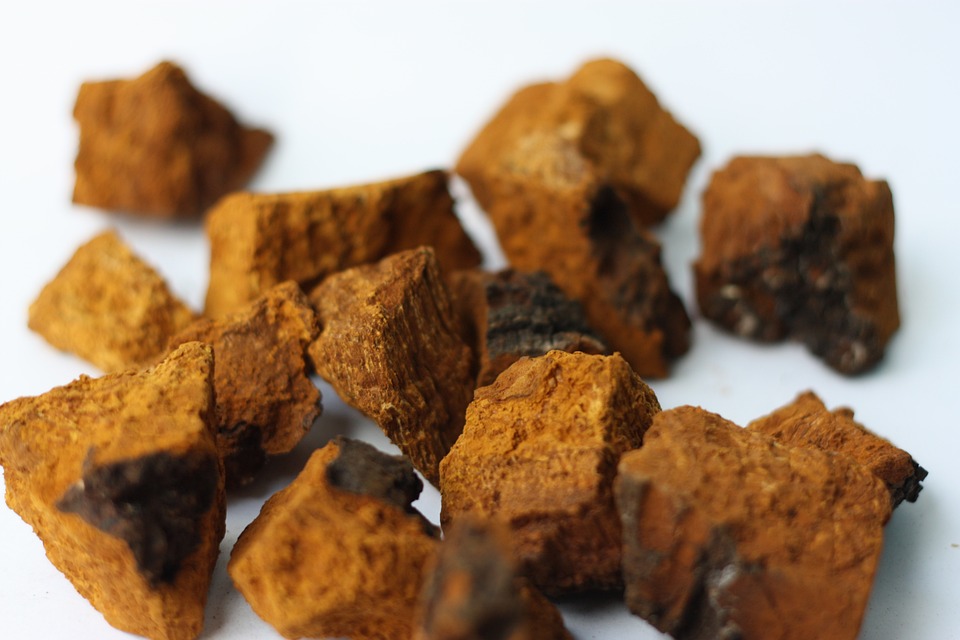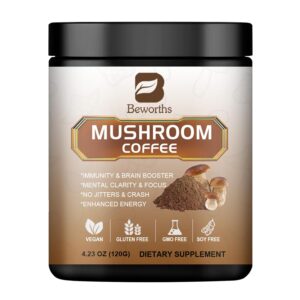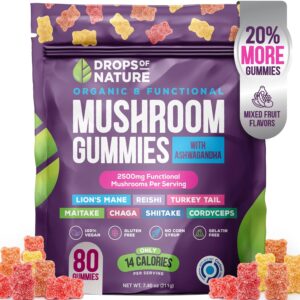Chaga mushrooms, scientifically known as Inonotus obliquus, have gained a reputation for their remarkable health benefits, primarily attributed to their antioxidant and anti-inflammatory properties. Chaga is rich in bioactive compounds, including triterpenes and polyphenols, which act as potent antioxidants. These compounds help combat oxidative stress by neutralizing harmful free radicals in the body, which can contribute to chronic illnesses and aging.
Furthermore, Chaga’s anti-inflammatory properties make it a valuable addition to a wellness-focused diet. Inflammation is a common underlying factor in various health issues, and Chaga’s ability to modulate inflammation may aid in reducing the risk of chronic diseases and supporting overall well-being.
People often consume Chaga in the form of tea or extracts to harness these health benefits. Incorporating Chaga into your diet can be a flavorful and beneficial choice to support your body’s natural defense against oxidative stress and inflammation.
Chaga, scientifically known as Inonotus obliquus, is a type of parasitic fungus that typically grows on the bark of birch trees, particularly in cold and northern regions of the world. Here’s a simplified explanation of how Chaga mushrooms grow in the wild:
1. Infection of Birch Trees: Chaga begins its life cycle by infecting a living birch tree. The spores of Chaga find their way into a wound or crevice in the tree’s bark. Once inside, the fungus starts to grow its mycelium, a network of thread-like structures, beneath the tree’s bark.
2. Formation of a Chaga Conk: Over time, the Chaga mycelium grows and forms a hard, woody mass known as a “conk.” This conk is the visible part of the Chaga fungus and can be seen protruding from the bark of the infected tree. It usually has a distinctive black, charcoal-like appearance.
3. Maturation and Reproduction: The Chaga conk matures over several years. During this time, it produces spores in its pores, which can be released into the environment to infect new birch trees. Chaga’s primary purpose in the wild is to spread its spores and reproduce.
4. Harvest and Use: In regions where Chaga grows, it has been traditionally harvested for its numerous medicinal properties. People often remove Chaga conks from birch trees and use them to make Chaga tea, extracts, or tinctures, taking advantage of the fungus’s potential health benefits.
Chaga’s distinctive appearance and its utilization in traditional medicine have made it a subject of interest in the field of mycology and herbal medicine. However, it’s important to note that wild Chaga harvesting should be done sustainably to ensure the continued growth of birch trees and the health of the ecosystem.



